1. Centralise Contract Storage
One of the foundational steps in SaaS contract management is centralizing the storage of all contracts. This means having a single repository where all contracts are stored, easily accessible, and searchable.
- Use a Cloud-Based Solution: A cloud-based contract management system provides secure, centralised storage that can be accessed from anywhere, at any time.
- Implement Version Control: Ensure that the system supports version control to track changes and updates to contracts, avoiding confusion over which version is current.
2. Automate Contract Lifecycle Management (CLM)
Automation can significantly enhance the efficiency and accuracy of managing SaaS contracts. Automating the contract lifecycle—from creation to renewal—saves time and reduces human error.
- Automated Workflows: Set up automated workflows for contract approval, reminders for renewals, and notifications for important dates. This helps in managing deadlines and ensures no contract falls through the cracks.
- Template Libraries: Use standardised templates to streamline contract creation, ensuring consistency and compliance with company policies and legal requirements.
3. Ensure Compliance and Risk Management
Compliance with regulatory requirements and effective risk management are essential in SaaS contract management. Contracts must adhere to legal standards and protect the company from potential liabilities.
- Regular Audits: Conduct regular audits of contracts to ensure they comply with relevant laws and regulations. This includes data privacy laws like GDPR and industry-specific regulations.
- Risk Assessment: Implement a risk assessment framework to identify and mitigate risks associated with each contract.
4. Foster Clear Communication and Collaboration
Effective communication and collaboration are key to successful contract management. All stakeholders (legal, sales, finance, and operations) must be on the same page.
- Collaborative Platforms: Use collaborative platforms that allow multiple stakeholders to review, comment, and edit contracts in real time. This promotes transparency and ensures that all concerns are addressed promptly.
- Training and Awareness: Regularly train employees involved in contract management on best practices, legal requirements, and company policies. Awareness and understanding of the contract process help in preventing miscommunications and errors.
5. Leverage Advanced Analytics
Advanced analytics can provide valuable insights into contract performance and management. By leveraging data, SaaS companies can make informed decisions and optimise their contract strategies.
- Contract Performance Metrics: Track key metrics such as contract renewal rates, average contract value, and time taken to close contracts. Analysing these metrics helps in identifying areas for improvement.
- Predictive Analytics: Use predictive analytics to forecast trends and outcomes, such as identifying contracts that are at risk of non-renewal or predicting the financial impact of contract terms.
Key Takeaway
Effective SaaS contract management is critical to maintaining compliance, managing risks, and optimising business operations. By centralising contract storage, automating the contract lifecycle, ensuring compliance, fostering clear communication, and leveraging advanced analytics, SaaS companies can enhance their contract management processes. Implementing these best practices will not only streamline operations but also strengthen relationships with clients and partners, driving overall business success.
Cloud Contracts 365
Cloud Contracts 365 is an all-in-one legal AI solution designed to help tech businesses efficiently create and manage contracts, without the burden of legal fees.


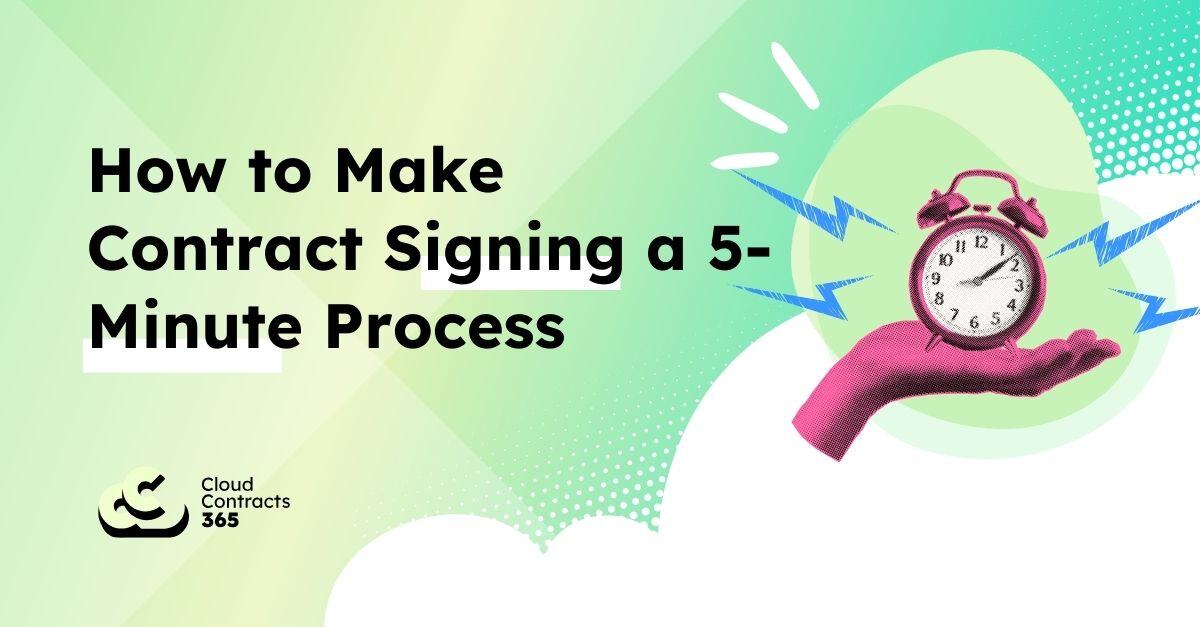
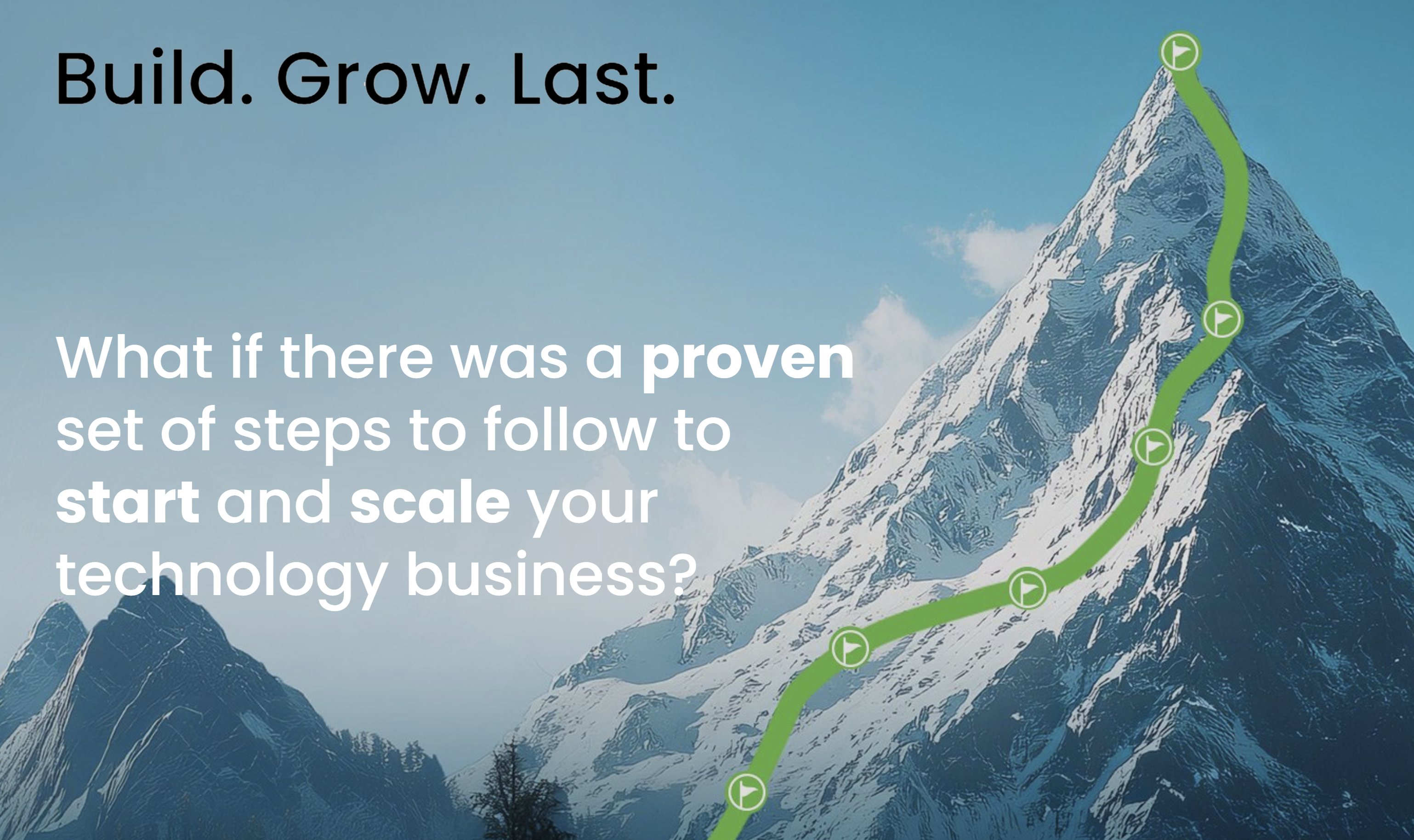















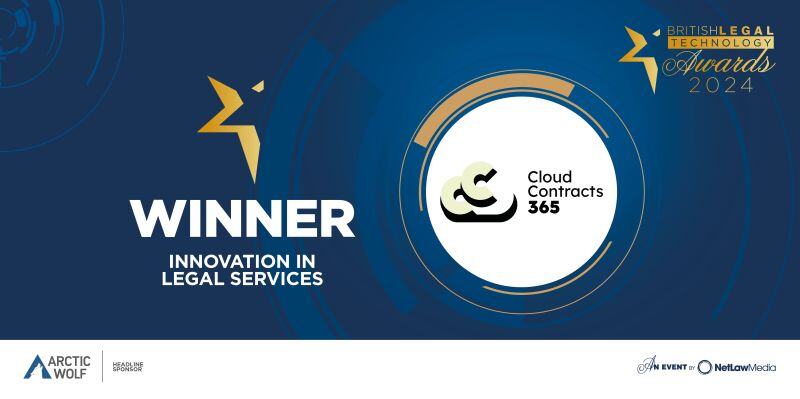
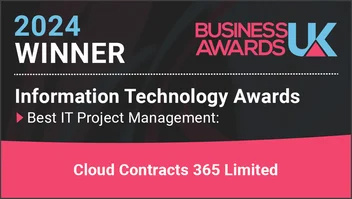
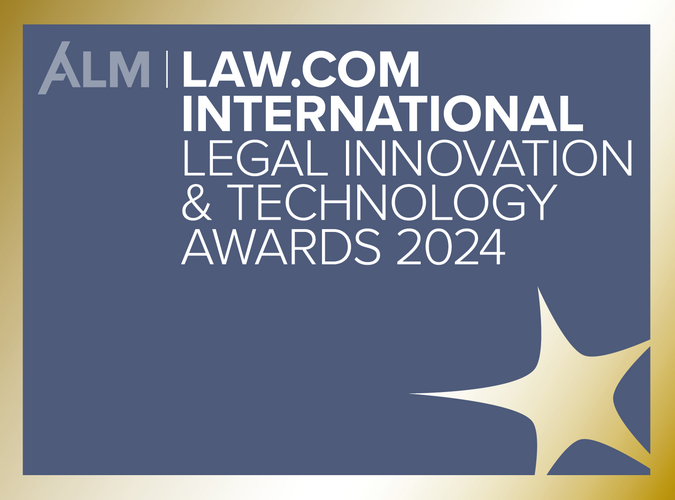
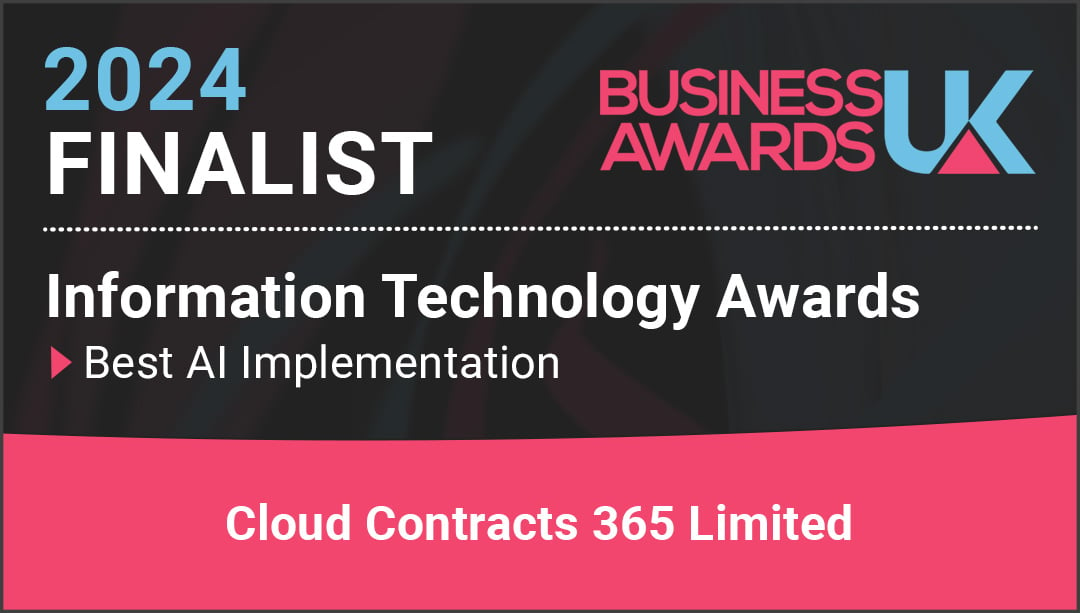

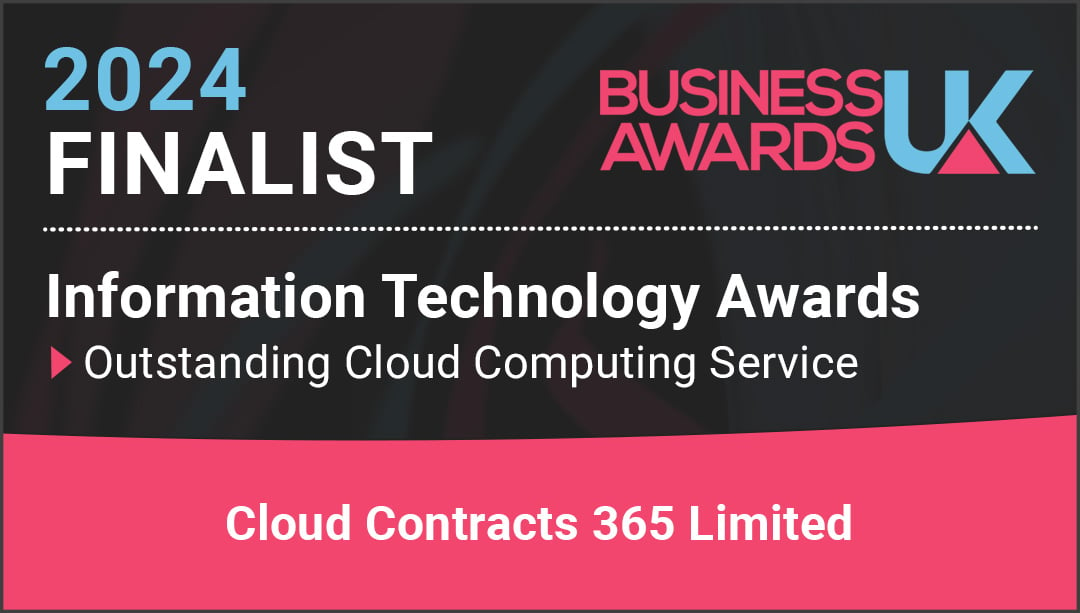
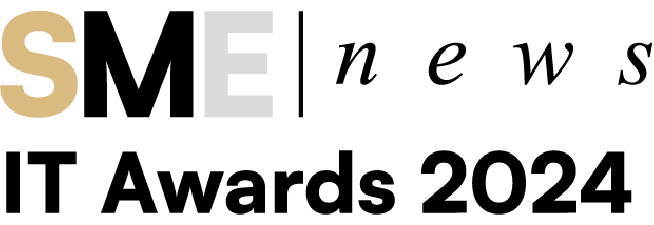
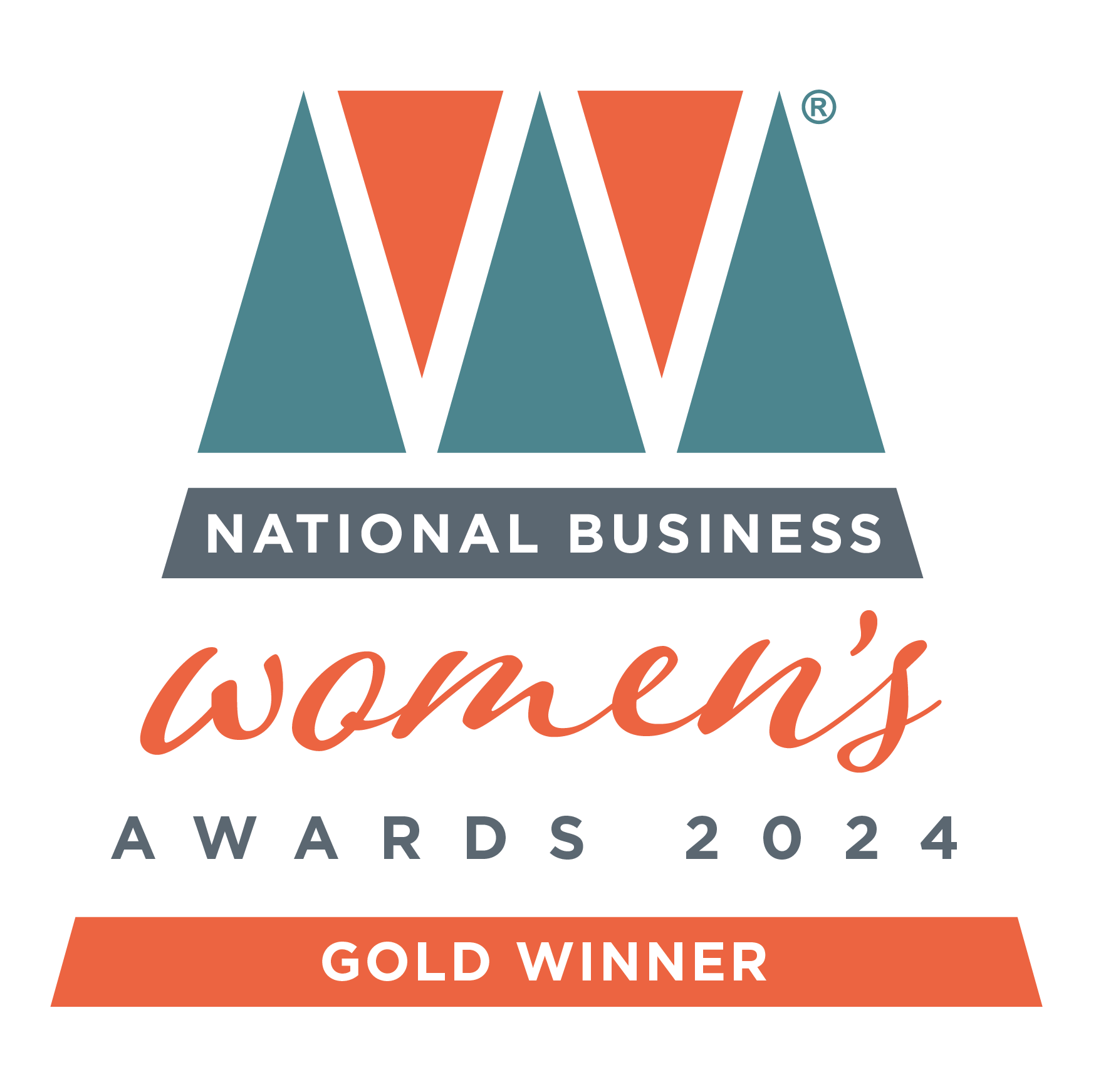

.png?width=1749&height=1743&name=NBWA%202024%20-%20Silver%20Winner%20(1).png)
.jpg?width=800&height=906&name=1725363000656%20(1).jpg)